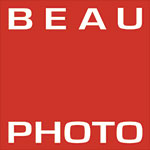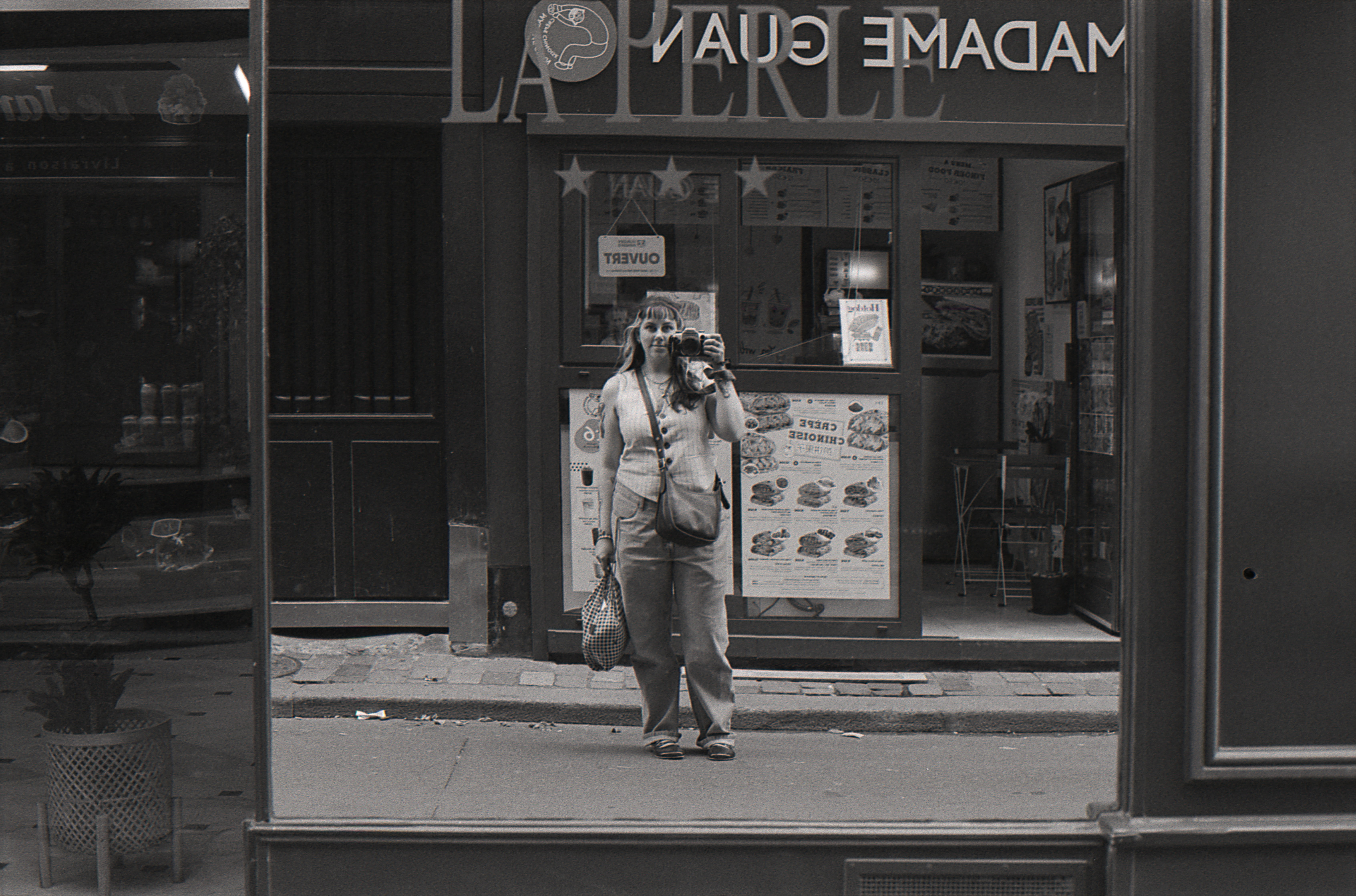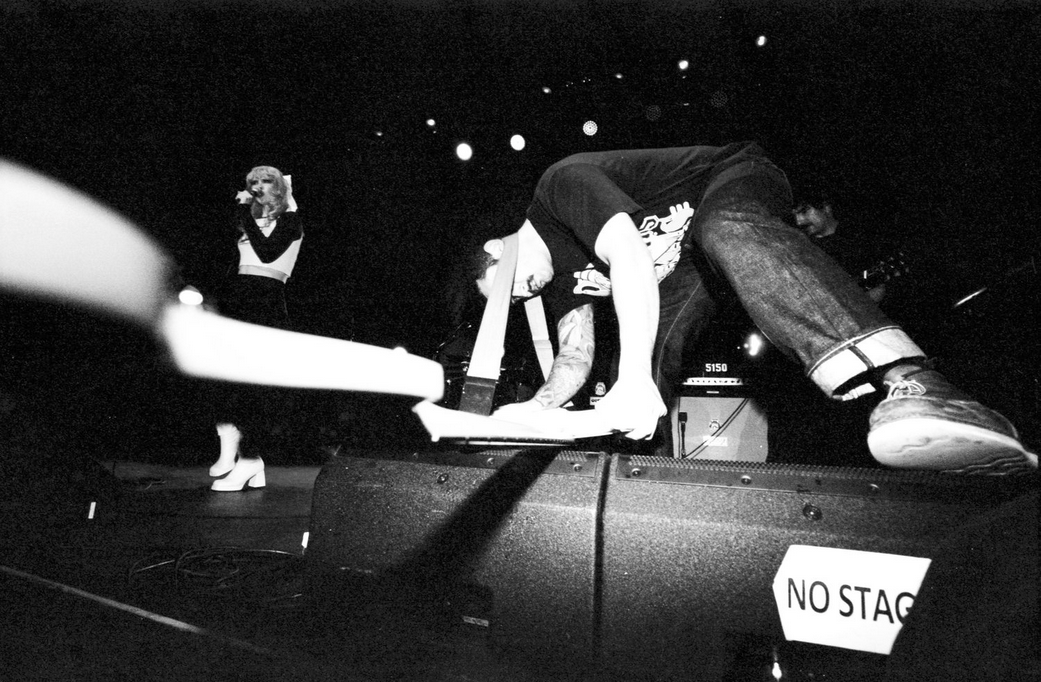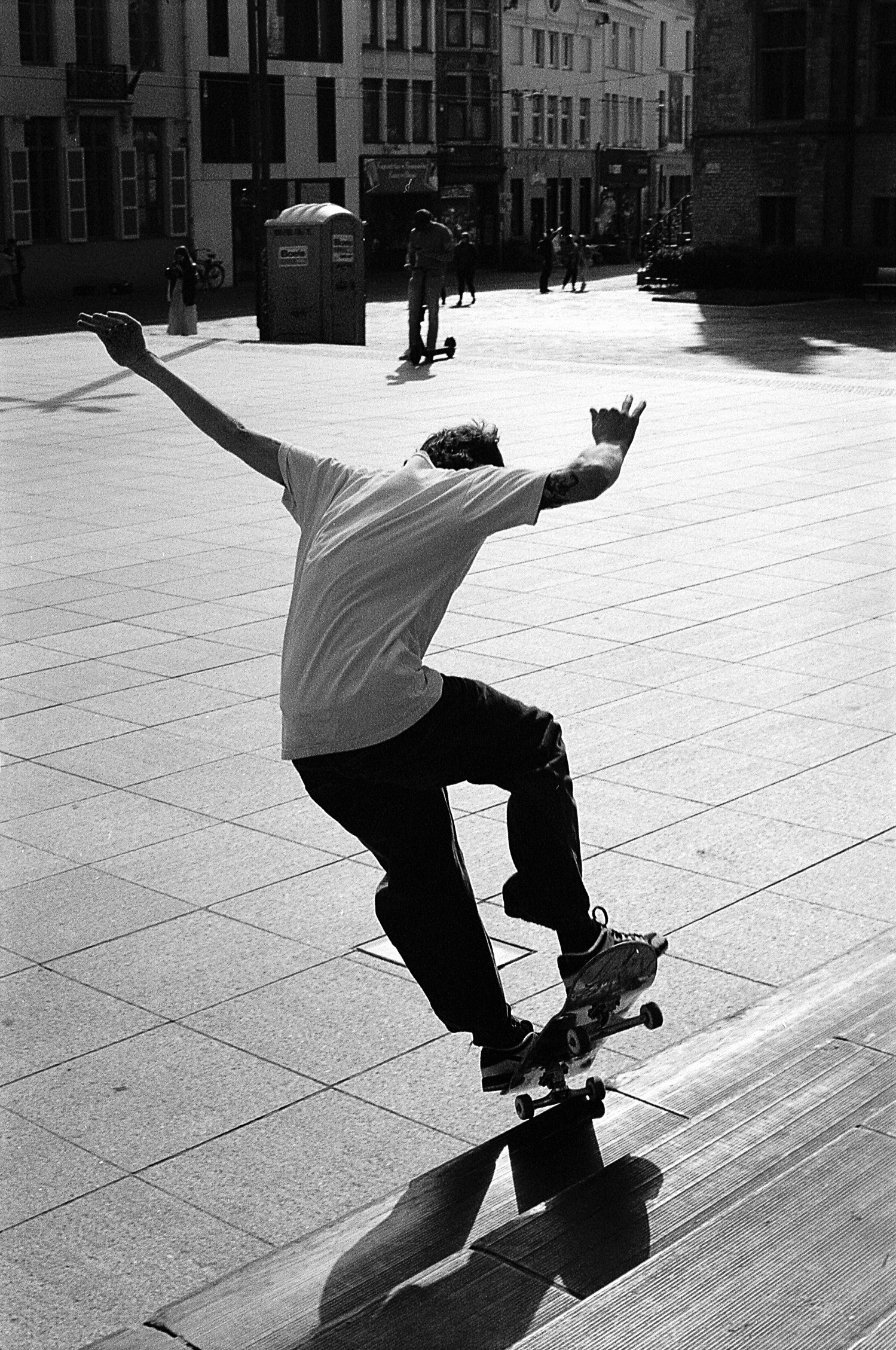Once cutting edge technology desired by amateurs and professionals alike, auto focus SLRs seem to have now fallen between the cracks and been left to gather dust in basements. As one of the last generations of film cameras to be made before the world switched to digital, they really do combine some of the best of both worlds. You get built-in light meters, continuous shooting, super fast shutter speeds, and autofocus all while keeping the warm charm of shooting film. Not to mention they are now significantly cheaper than older more mechanical cameras.
I personally have a Canon Elan IIe passed down from my dad, and for the kinds of shooting I do it has become one of my most reached for cameras. I do a lot of concert photography, mostly at local DIY venues where the lighting setup is slim to none and subjects move around constantly. Having so many auto functions available and a built in flash makes it an extremely versatile camera for shooting in these types of environments. The fast autofocus, continuous shooting, and flash have allowed me to focus more on framing the action than thinking about the camera settings.
Released in 1995, the Canon Elan IIe (also known as the EOS 50E in some regions) quickly gained popularity for its innovative features. Positioned as a mid-tier camera in Canon’s lineup, the Elan IIe struck a perfect balance between affordability and professional-grade functionality. Its main standout feature (the “e” in Elan IIe) is its eye-controlled focus. This allows the camera to detect where the photographer is looking through the viewfinder and automatically select the corresponding autofocus point. Incredibly futuristic sounding, especially for 1995.
So why do people not like that generation of cameras? I think there are a couple main reasons. The allure and visual appeal of a 1970s Nikon F2 or Canon AE-1 with their all metal bodies and compact design is strong. And don’t get me wrong, that is definitely not lost on me, I own both of those cameras. There is also a reliability aspect of mechanical cameras. There are fewer parts that can break, so fewer parts break, and when they do break they are easier to fix. Since the electronics for autofocus SLRs are no longer made, when something breaks it becomes very hard to fix. That alone makes them lose quite a bit of appeal.
Despite those reasons I still think autofocus SLRs are a great option for a lot of people. For beginners looking to get into shooting film they are a great transition camera. They feel quite a lot like digital cameras, and give the option to use auto controls if you’re not so comfortable going fully manual. For more experienced photographers they give the flexibility of being able to shoot quickly and with fast shutter speeds, and usually have multiple exposure modes if you’re wanting to get creative.
We have a good variety of this era of cameras in the store, including this Nikon F100 and Canon EOS Elan. Come by and test a few out to see if they’d be a good addition to your camera bag!







One reply on “Autofocus SLRs”
Barry Bogart
When I want to shoot 35mm film with some automation, I alternate between my HiMatic E and the Maxxum 70.
“(The HiMatic E) is particularly small, light, and cute, with a fast, sharp and beautiful Rokkor 1.7 lens. Fully automatic, with an interesting ‘Easy Flash’ system that apparently adjusts the aperture as you focus, based on a guide number you set with an under-lens lever according to a table on the back of the camera. The auto-manual switch seems only to be for the flash setting. This is a fully automatic camera, you set the film speed and focus. The camera sets the aperture and shutter speed.” (It apparently uses the excellent Yashica Electro AE system.)
“A gem of a camera, the Minolta Maxxum 70, produced 2004-2006, is one of the last film cameras produced by Minolta. This super-compact camera won the EISA ‘European SLR Camera of the Year’ is an all-round super performer with an advanced nine-point AF sensor, multi-dimensional predictive focus control, direct manual focus, as well as features like high-speed operation, ADI flash metering, and 14 custom functions.”
Comments are closed.